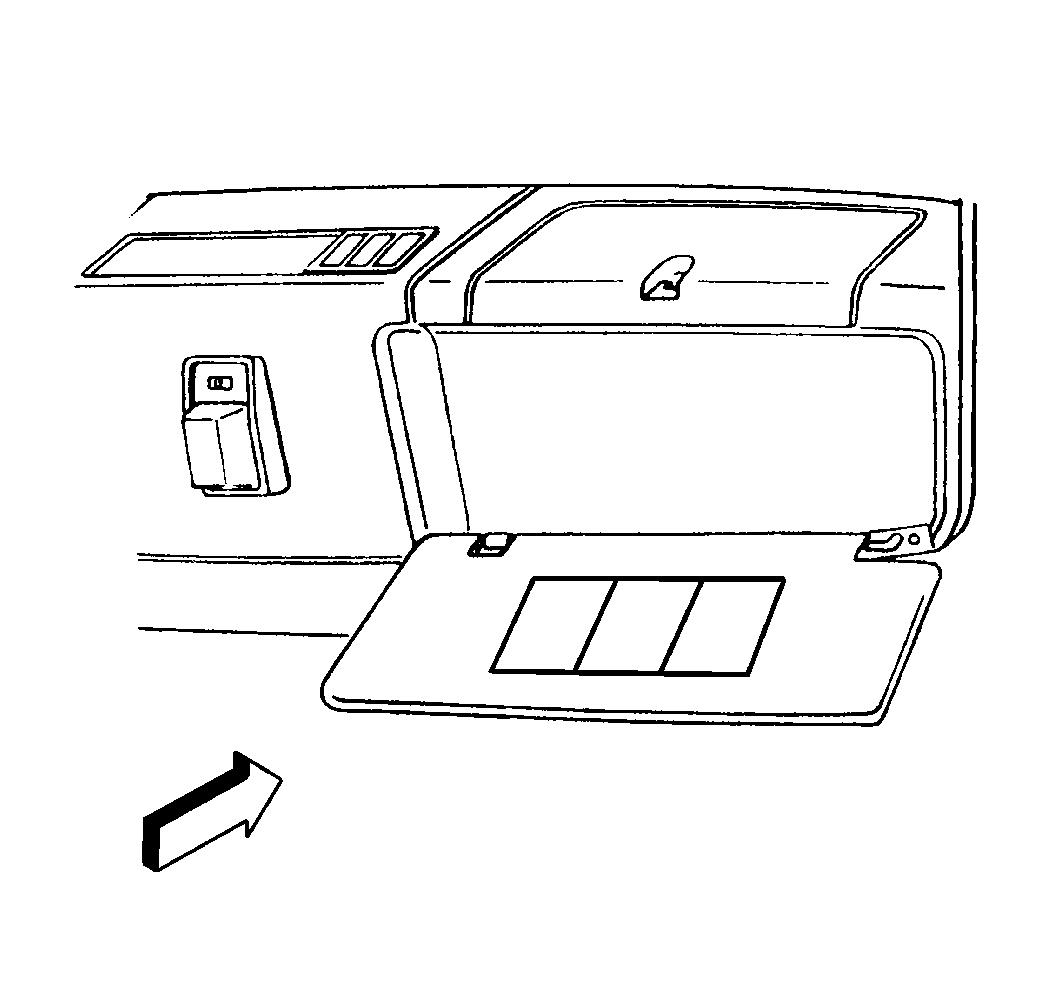Gross vehicle weight (GVW) is the weight of the vehicle and everything it carries. Include the following items when figuring the GVW:
The gross vehicle weight must not exceed the Gross Vehicle Weight Rating.
The front gross axle weight rating (GAWR FRT) is the weight exerted on the front axle. The rear gross axle weight rating (GAW RR) is the weight exerted on the rear axle. The front and rear gross axle weights must not exceed the front and rear gross
axle weight ratings.



